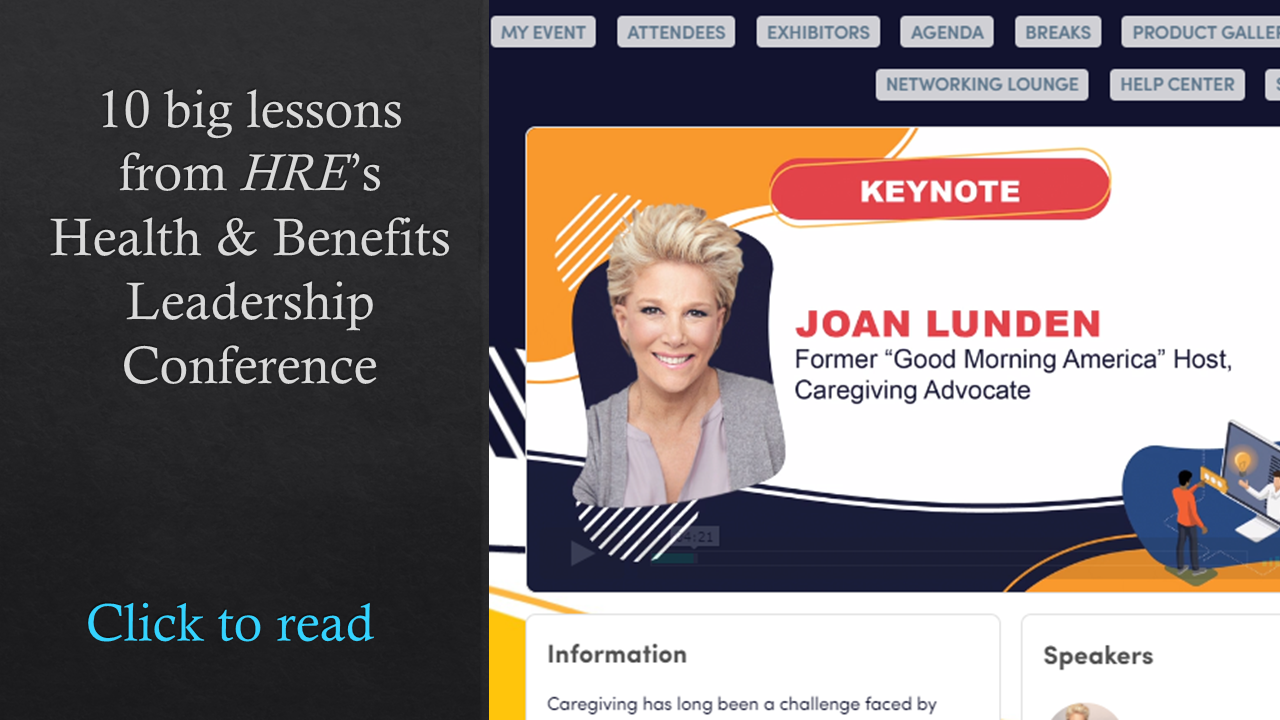49: Percentage of employees who don’t understand their benefits
About half of employees don’t understand their benefits, and 80% of employees never open benefits communication, according to data from the International Foundation of Employee Benefit Plans cited in a presentation during HRE’s Health and Benefits Leadership Conference earlier this month. “Although benefits are the reason many choose an employer, awareness about how the benefits work is really left to chance,” says Dana Baker, director of Mayo Clinic’s Complex Care program.
What it means to HR leaders
Employees have long been confused, frustrated by or uninterested in employee benefits. But in many ways, the onus is on employers and HR and benefits leaders to address this and step up to make sure employees understand them. Too often, employers only provide benefits communication during open enrollment.
 Benefit and HR leaders can try a number of ways to communicate benefits and engage employees in offerings, including targeted communication, easy-to-understand language and more.
Benefit and HR leaders can try a number of ways to communicate benefits and engage employees in offerings, including targeted communication, easy-to-understand language and more.
A lot of it is about keeping it simple, Baker said during the virtual conference session. “Make the information digestible,” she said. “What that means is bite-size pieces of information where it’s all about the communication all at once. Focus on things like the ABCs of your medical plan, what’s your out-of-pocket, what’s your deductible?”
Related: Mayer: 7 benefit trends to watch in 2021
Organizations and benefits leaders also should target communication to what’s happening and what’s important–for instance, they can communicate benefits around certain months for preventive care, when it’s back to school, during the holiday season, when an employee turns a certain age and so on, she said. And when something is topical and in the news–COVID-19 and vaccines being a prime example–organizations should address questions, concerns or myths in consistent, real-time communication.
Baker also recommends that organizations create “benefit champions”–individuals, not just in HR–who share information about the company’s benefits regularly. “[It’s important] to get communication through to colleagues or supervisors,” Baker said. “Create benefit champions, and ensure that the benefits communication that needs to go out goes to them first. So when they’re asked a question they know the answer or know where to tell someone to go for the question.”



